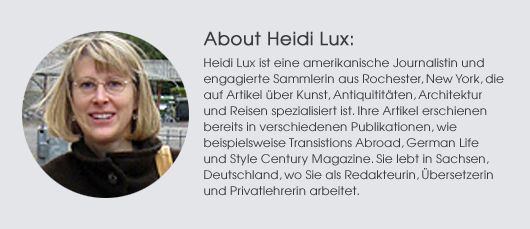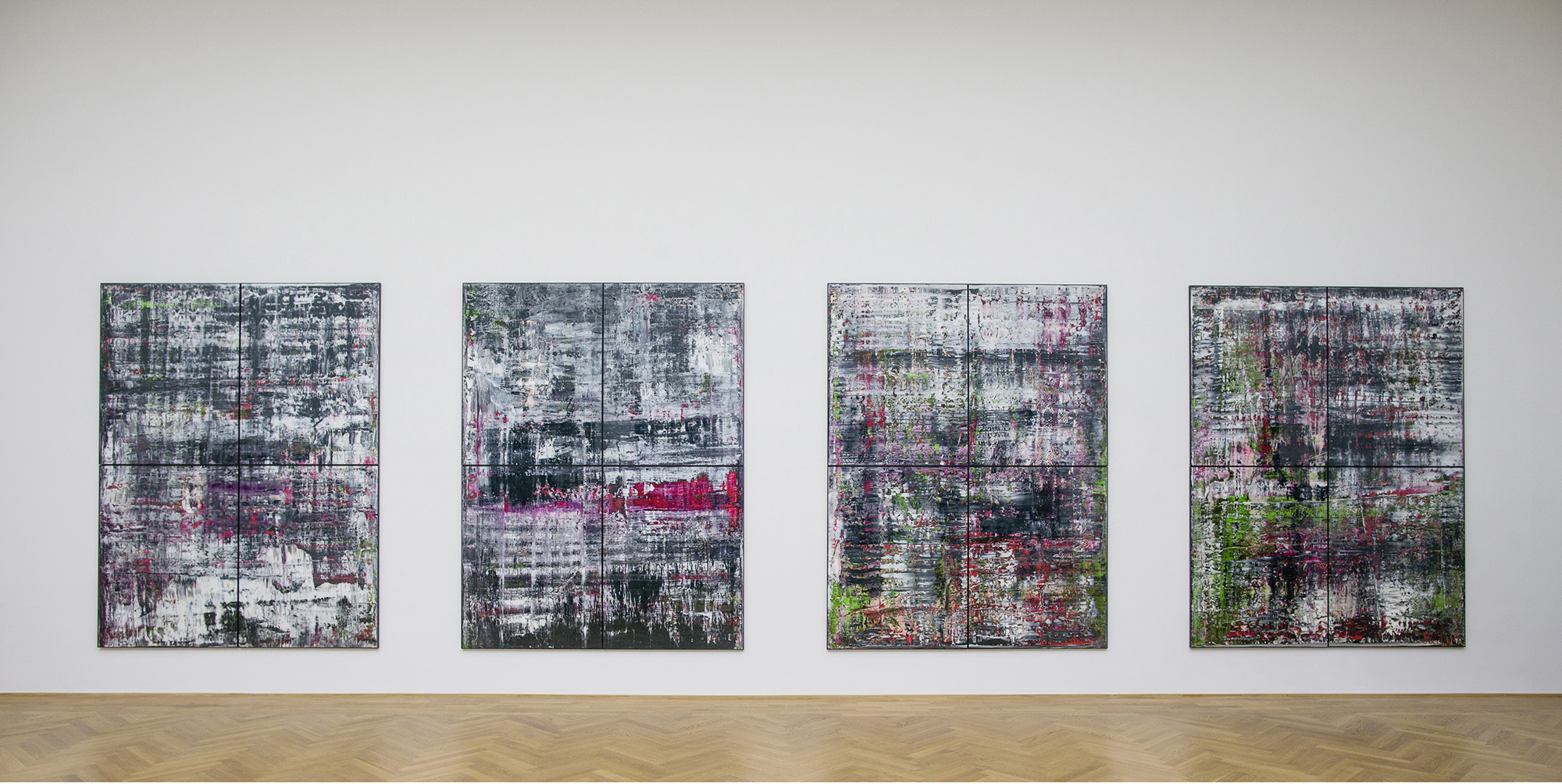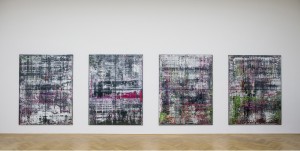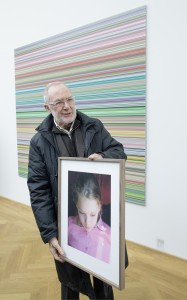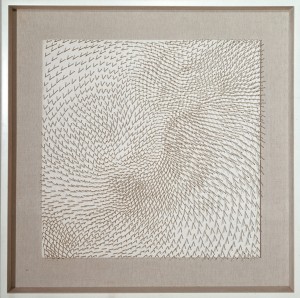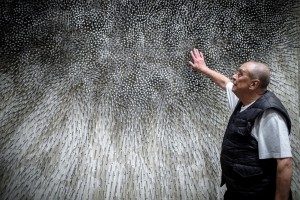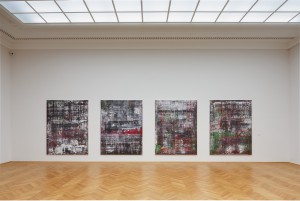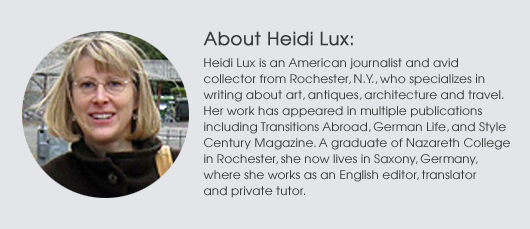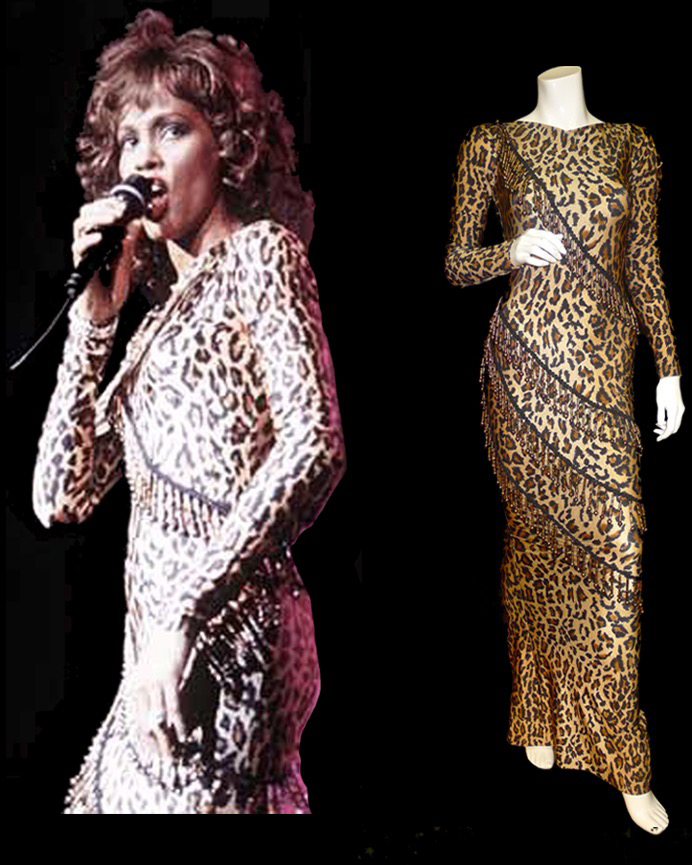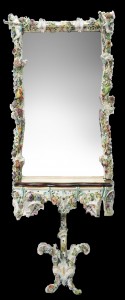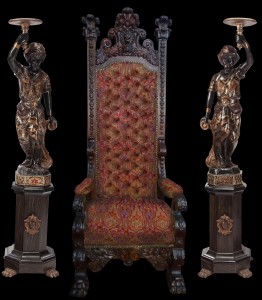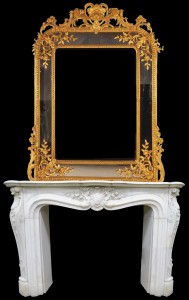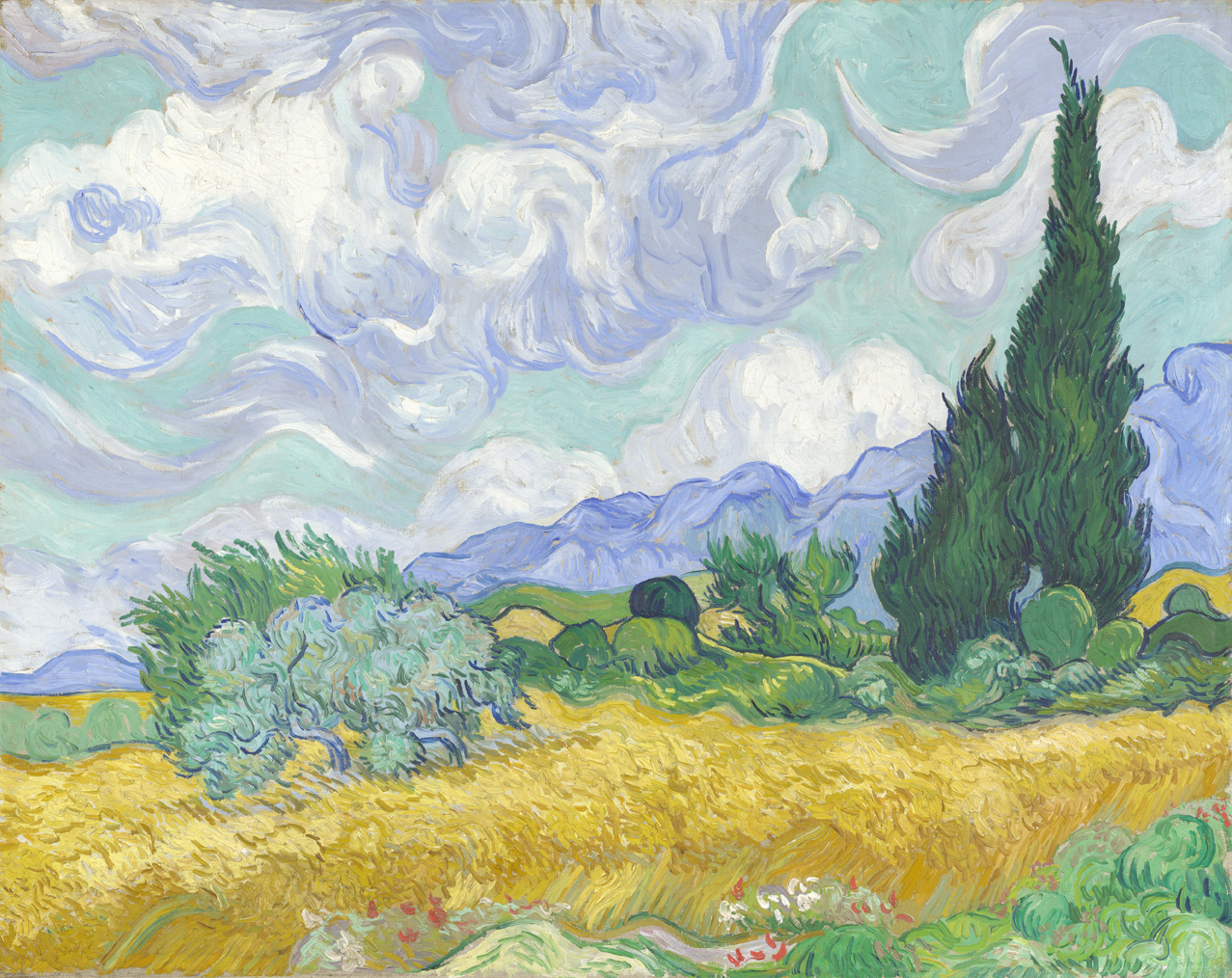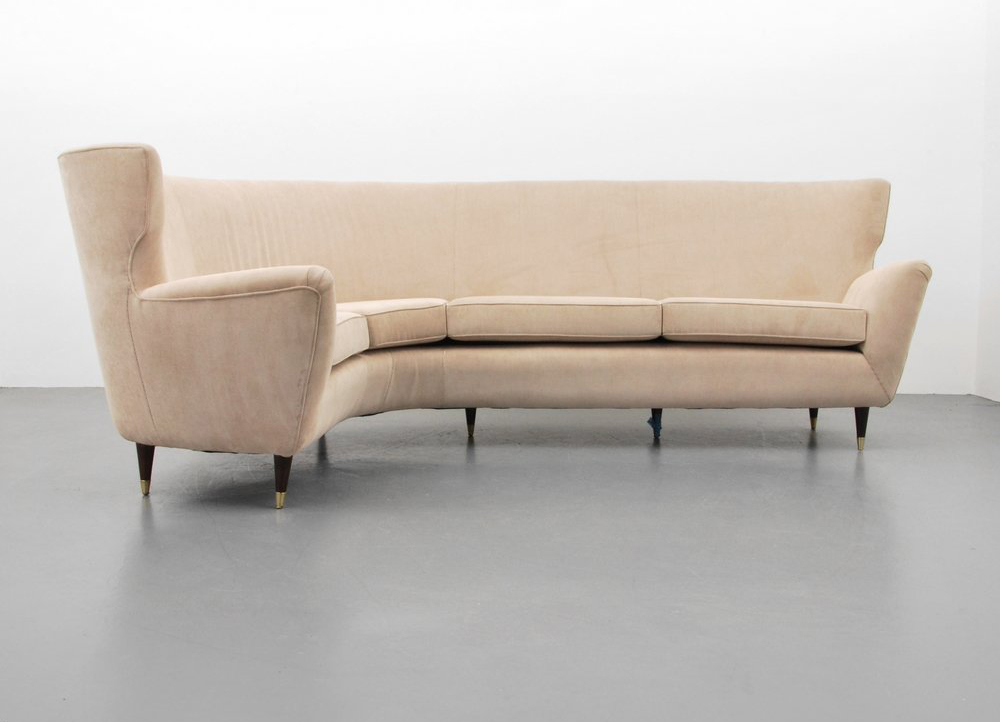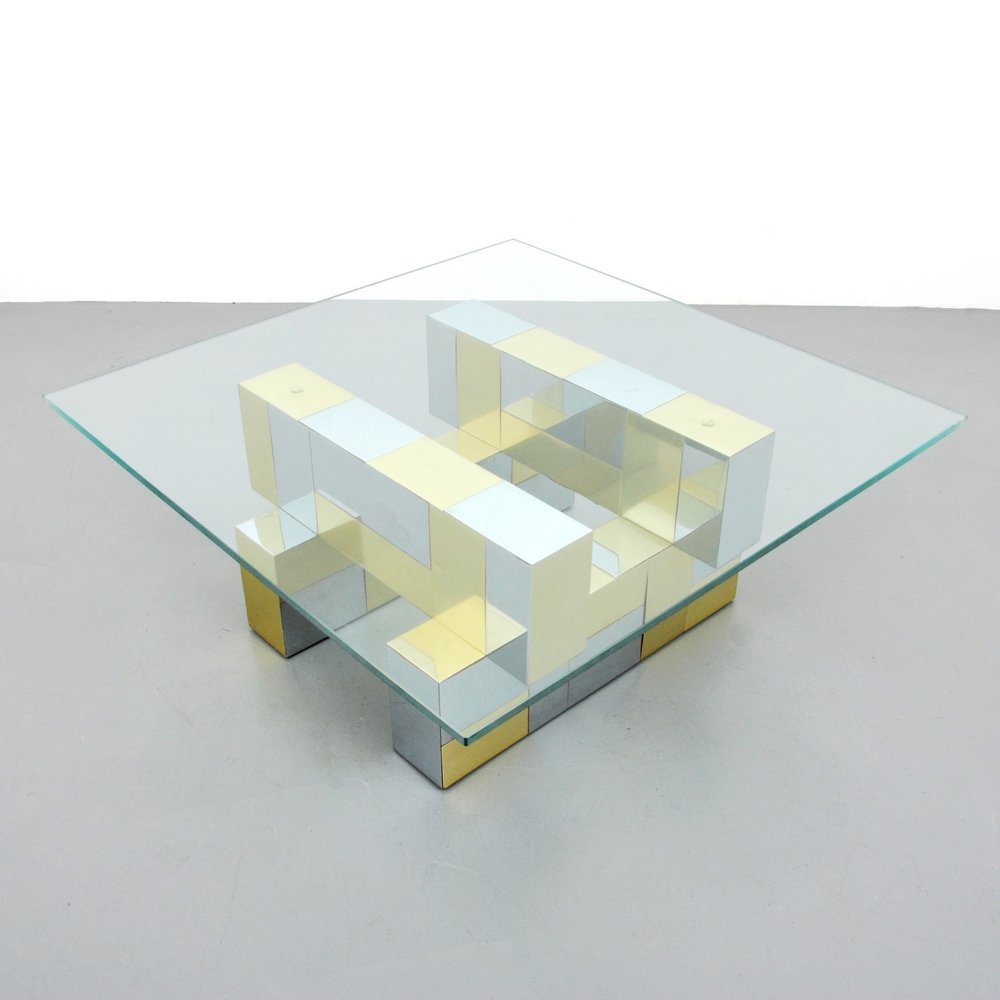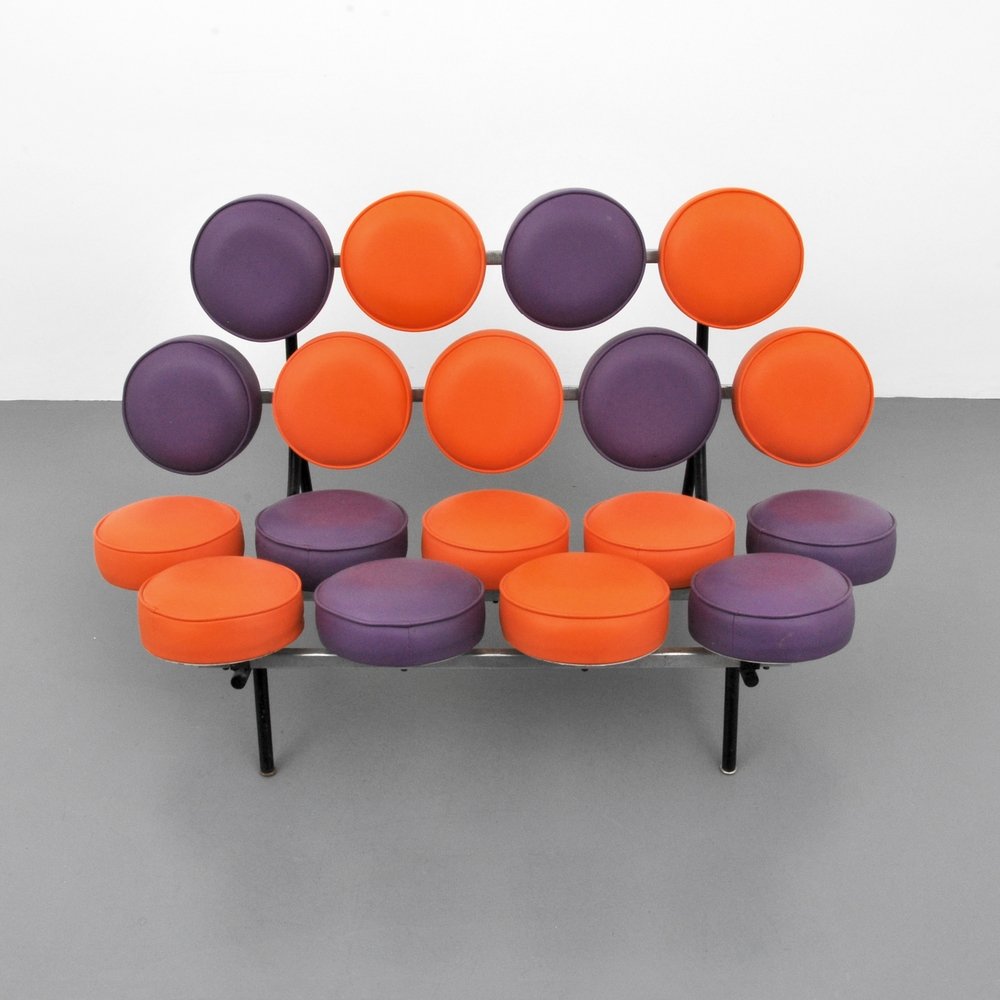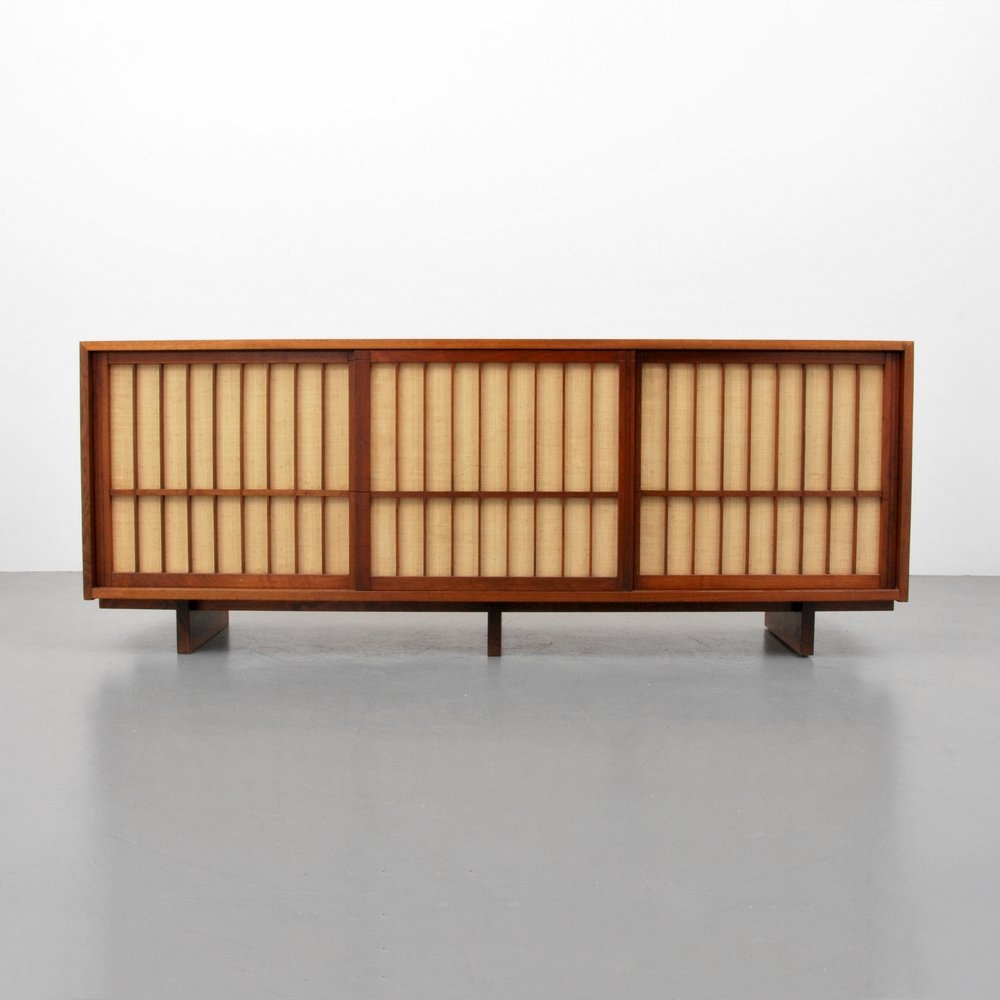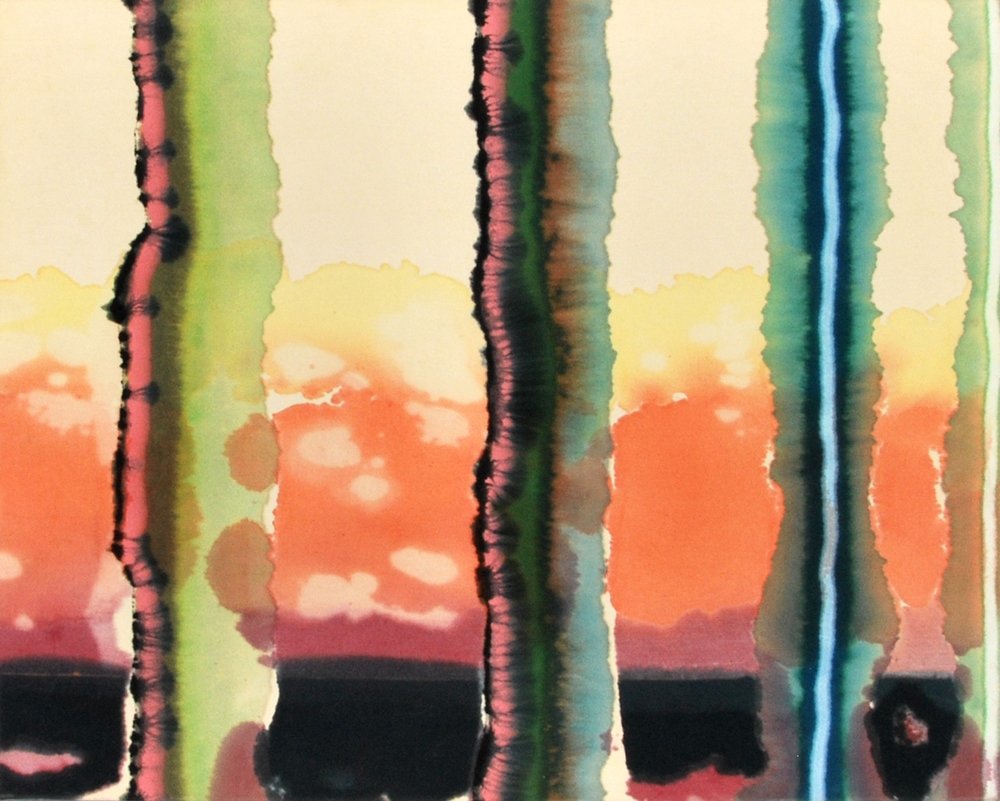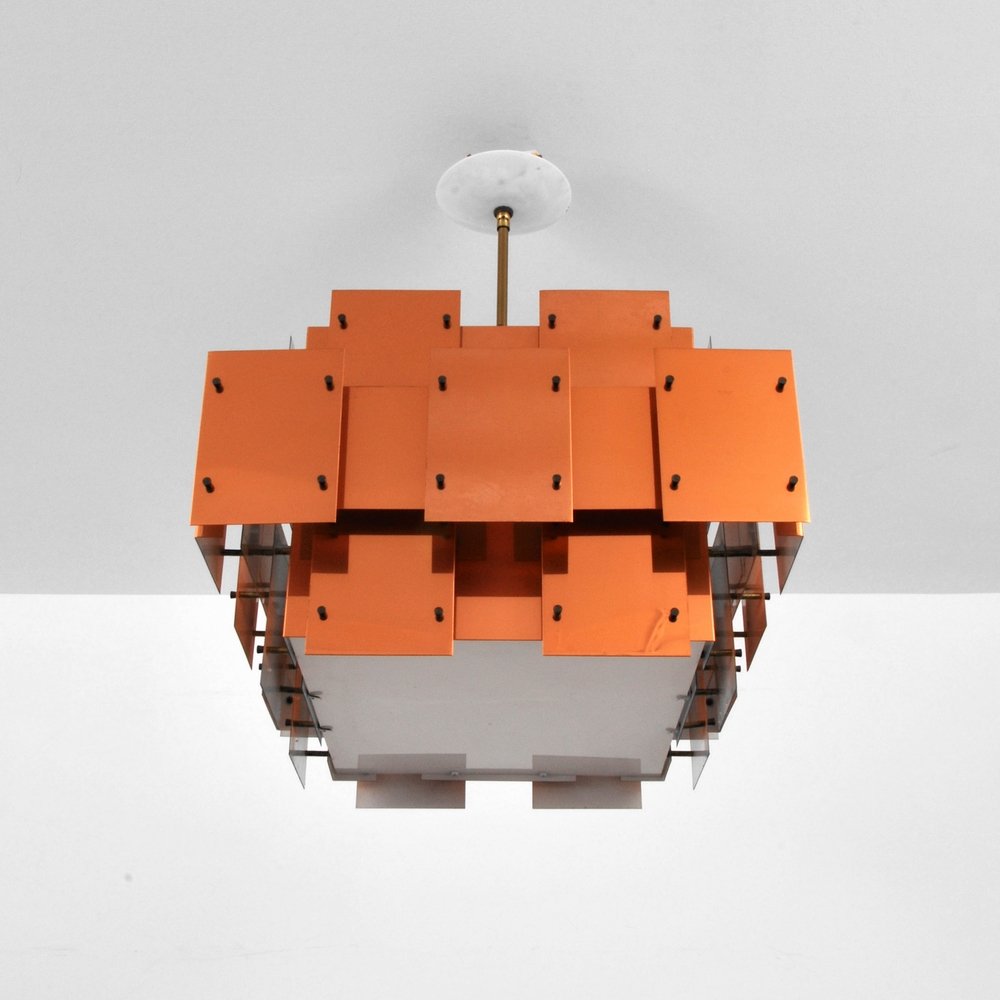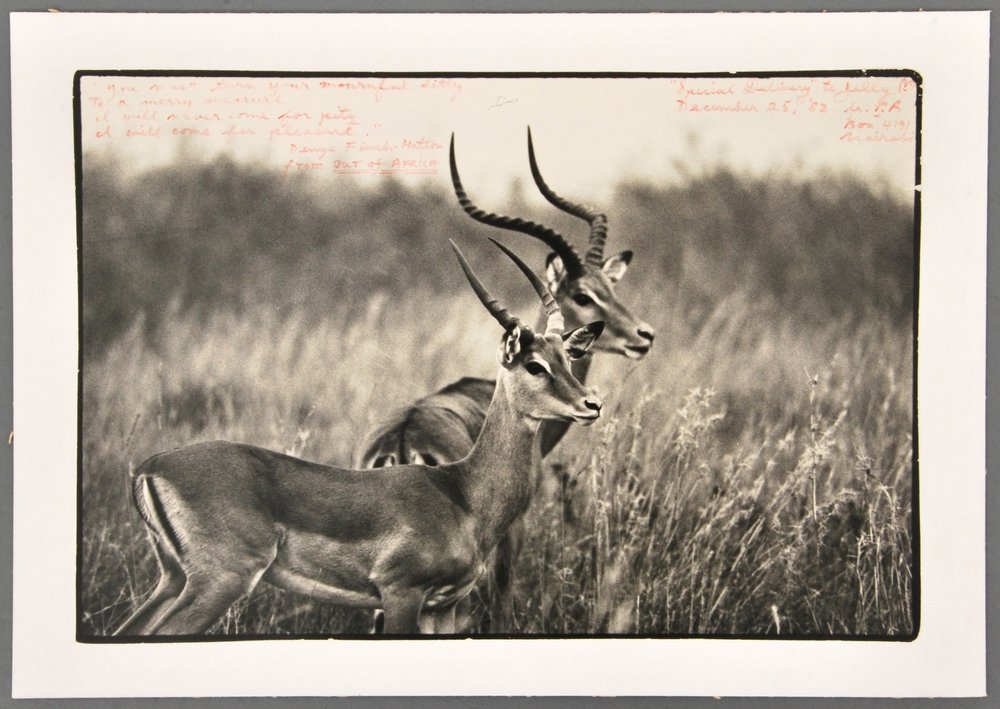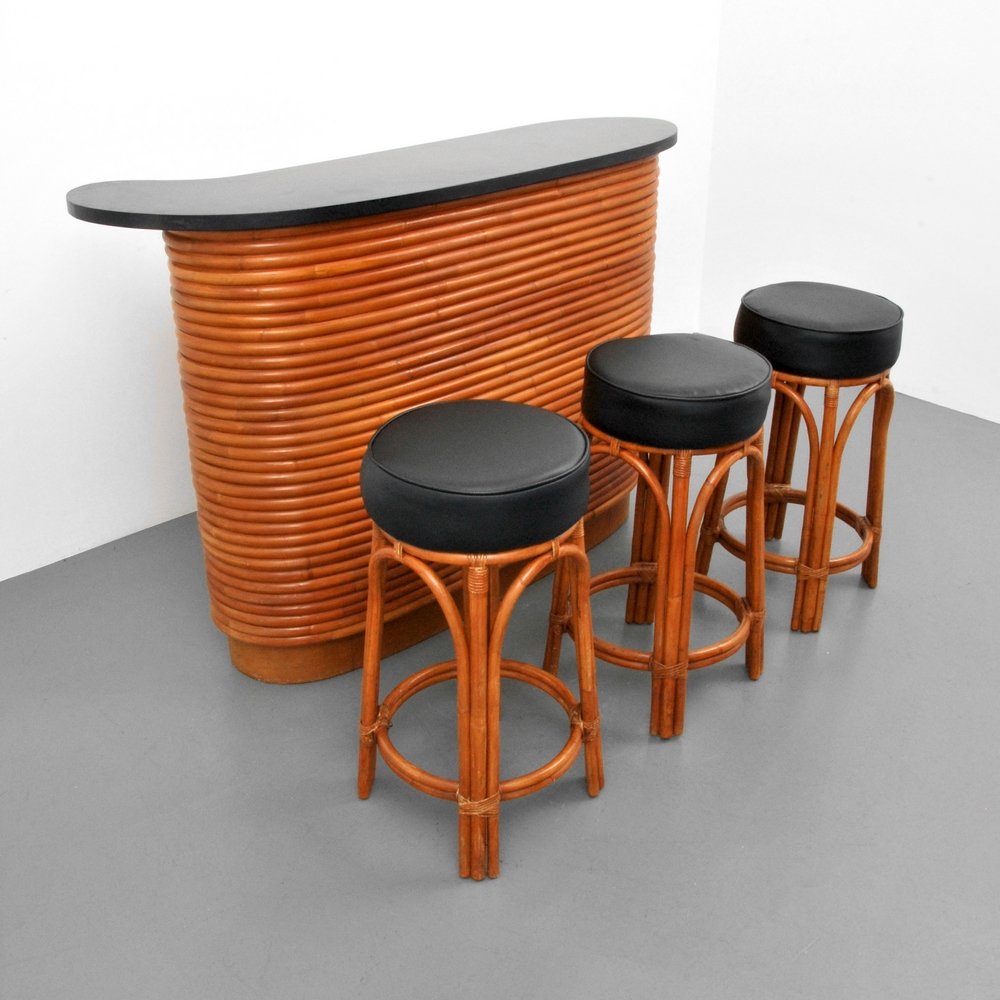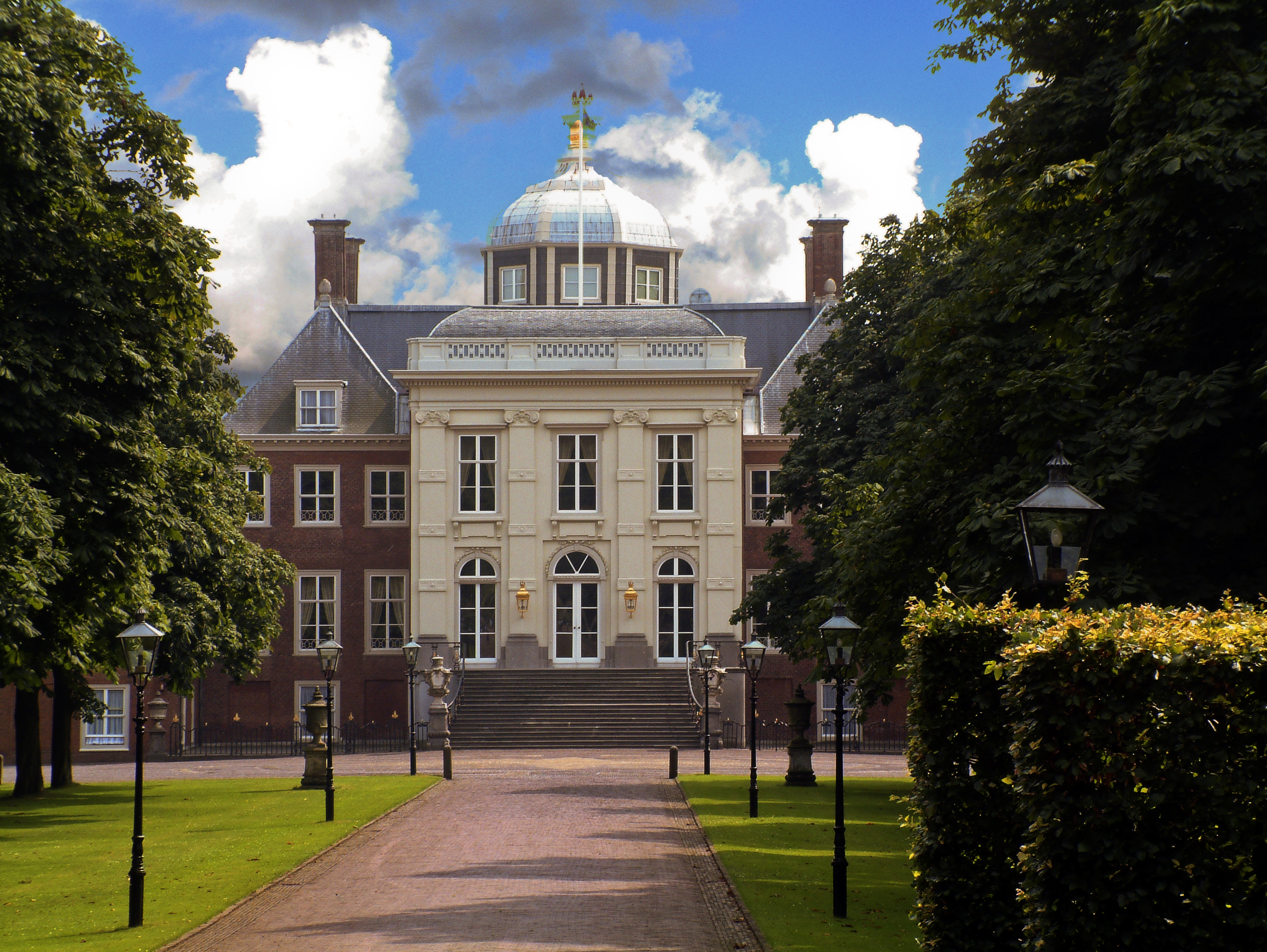DRESDEN – Eine Veränderung des Stils oder des Mediums kann der Karrierekiller für einen Künstler sein. An einem Tag Impressionist sein und an einem anderen Expressionist oder von Malerei zu Skulpturen wechseln ? Die Kritiker oder die Öffentlichkeit werden nicht wissen, was sie denken sollen.
Aber zwei von Deutschlands bekanntesten zeitgenössischen Künstlern haben ihre Karrieren auf neuen Ideen aufgebaut. Gerhard Richter und Günther Uecker, beide jetzt in ihren 80igern, waren mit einer Palette von Veränderungen erfolgreich. Anstatt ihre Karriere zu zerstören, sind ihre Arbeiten heißbegehrt und die Preise dafür klettern. Richter’s und Uecker’s Arbeiten können dieses Jahr auf zwei Ausstellungen betrachtet werden.
Das Albertinium, Teil der Staatlichen Kunstsammlung Dresden, hat dem Sohn seiner Heimatstadt seit 2004 zwei Räume gewidmet. Diese wurden kürzlich durch den Künstler aktualisiert. Die Kunstsammlung ist auch Besitzer des Gerhard Richter Archivs, ein Bestand von Katalogen, Korrespondenz, und Fotografien. Diese Dokumentation von Richter’s Karriere ist besonders wegen seines chamäleonartigen Weges zwischen unterschiedlichen Stilen und Medien wichtig. Der Umfang seiner Arbeiten an realistischen und abstrakten Gemälden und Drucken, eine Art Papier- und Fotodokumentation, welche er “Atlas” nennt, Fotografien, Künstlerbücher, Skulpturen und Installationsarbeiten und sogar ein Film ist erstaunlich.
Richter’s Arbeit wurde “Kapitalistischer Realismus” genannt, was ihn amüsiert. Der Spitzname kommt von einem Ereignis, welches er gemeinsam mit Künstler Konrad Lueg 1963 in’s Leben rief. Richter hatte sich gerade aus der DDR abgesetzt, wo der Stil des “Sozialistischen Realismus” vorherrschte und entschied, das “Manifest des Kapitalistischen Realismus” wäre ein passender Titel für die Veranstaltung. Sicher war er kommerziell erfolgreich, stellte den Auktionsrekord für ein Gemälde eines lebenden Künstlers 2012 mit 34 Mio $ (31 Mio €) ein; überboten in 2013 mit 37 Mio $ (33,9 Mio €); und kürzlich im Februar 2015 sogar überschritten, als eines seiner abstrakten Gemälde für 45,2 Mio $ (41,3 Mio €) bei Sotheby in London verkauft wurde.
Besucher des Albertiniums können sich jetzt an vier neuen abstrakten Gemälden von Richter erfreuen [Abstrakten Bilder (937/1-4)]. Sie ähneln Landschaftstrugbildern von Bleigrau mit Einblendungen von Rot und Grün. Ihr düsteres Gefühl kann zu ihrer Inspiration verfolgt werden: Fotografien vom KZ Auschwitz-Birkenau von 1944. Der Holocaust ist ein von Richter wieder aufgegriffenes Thema. Seine Faszination für gespiegelte Bilder beibehaltend, hat der Künstler vier Fotos der Arbeiten in voller Größe hinzugefügt, um ein reflektiertes Abbild zwischen Fotografie und Gemälde herzustellen.
Das 20 teilige Farbbild 180 Farben (1-20), 1971, ist der Kern von Richter’s zweitem Ausstellungsraum. Andere neue Beigaben im Albertinium beinhalten das Portrait seiner Tochter Ella, 2014, und das Stillleben Tulpen, 1995. Richter’s Ausstellung bleibt bis September. www.skd.museum
Günther Uecker’s Kunstsammlung Nordrhein-Westfallen Austellung am K 20 Grabbeplatz, Düsseldorf, ist mit “Mehr als nur Nägel” zutreffen bezeichnet. Es ist einfach Uecker als “Der Nagelmaler” zu kategorisieren, er ist offenkundig identifizierbar an seinen Nagelreliefbildern. Die Bilder sind unmissverständlich – ein blasser Hintergrund durchstochen mit einem Muster von Nägeln, deren dreidimensionales Aussehen mit Licht und Schatten spielt, was das Muster wogend erscheinen lässt. Doch Uecker ist auch ein Bildhauer und Installationskünstler. Die Nutzung von Wörtern und Text in seiner Kunst fügt noch eine Rolle als Poet, Gestalter und Sozialkommentator zum einem Repertoire hinzu.
Wie auch Richter, flüchtete Uecker aus Ostdeutschland und lies sich 1953 in Düsseldorf nieder. Er verwirklichte einen Wunsch auf ein Studium bei Künstler Otto Pankok an der Kuntakademie Düsseldorf. Es ergab sich 1956 – 57, dass er sein erstes Nagelbild entwarf. Er begann, Alltagsobjekte, wie beispielsweise Möbel, als seine “Leinwand” für Nagelskulpturen zu nutzen. Als ein Mitglied der “Null Gruppe” experimentierte er mit kinetischen Lichtskulpturen. Sein “Terrororchester” war eine einprägsam geräuschvolle Installationen in der Kunsthalle Baden-Baden, welche 20 Waschmaschinen beinhaltete und die banalen Geräusche des Lebens reflektierte.
Jahrzehnte von Uecker’s Nagelreliefs werden in der Klee Halle der Kunstsammlung Nordrhein-Westfalen ausgestellt. Das ist die Chance, eine Erfahrung mit der Kraft der scheinbar simplen Arbeiten zu machen – man muss an ihnen vorbeigehen, um die Licht- und Perspektivänderungen verstehen zu können, welche sie lebendig machen.
Das “Terrororchester” kann in der Grabbe Halle betrachtet werden. Arbeiten mit Text, die den Betrachter als Leser einnehmen, schließen “Brief an Peking” und die “Verletzungsworte” ein. In der “Sandmühle” zieht ein Seil fortwährend Spiralen durch einen Kreis aus Sand. Die einfachen Materialien und einfachen Bewegungen vermitteln eine universale Botschaft über den Ablauf der Zeit. Aber, wie Uecker sagt, “Wo die Sprache versagt, beginnen die Bilder.” Bei Uecker muss man dabei sein, um die gesamte Botschaft zu empfangen. Seine Arbeiten werden bis Mai in der Ausstellung sein. www.KunstSammlung.de.
Kommende Auktionen:
Henry’s Auktionshaus, Mutterstadt
10. April – Young Timer Moderne & Klassiche Zeitmesser
11. April – Orientteppiche www.Henrys.de
Bassenge, Berlin
15. April – Geschichte, Geographie und Reisen
16. April – Wertvolle Bücher (Varia), Handschriften und alte Drucke
17. April – Literatur des 17.-19. Jahrhunderts, Autographen
18. April – Moderne Literatur www.bassenge.com
Dr. Fischer Kunstauktionen, Heilbronn
16. April – Russian Art & Icons www.Auctions-Fischer.de
Schwarzenbach Auktion Zürich
17.-18. April – Internationale Briefmarken www.SchwarzenbachAuktion.ch
Auction Team Breker, Köln
18. April – Nachrichten-Technik www.Breker.com
Galerie Widmer, St. Gallen
24. April Bedeutende Werke verschiedener Künstler in den neuen Räumen in St.Gallen. Werke von Cuno Amiet, Philipp Bauknecht, Rudolf Belling, Max Bill, Martha Cunz, Ignaz Epper, Max Gubler, Ferdinand Gehr, Carl August und Carl Walter Liner, Albert Manser, Italo Valenti, Johannes Zülle und vielen mehr. www.GalerieWidmer.com
Winterberg Kunst, Heidelberg
25. April – zeitgenössisch Kunst www.Winterberg-Kunst.de
Dobiaschofsky, Bern
6.-9. Mai – Frühjahrsauktion www.Dobiaschofsky.com
Van Ham Kunstauktionen, Köln
15. Mai – Schmuck und Uhren, Alte Kunst
16. Mai Europäisches Kunstgewerbe www.Van-Ham.com
Koller Auktionen, Zürich
13. Mai – Mode, Luxe & Vintage; Wein www.KollerAuktionen.ch
